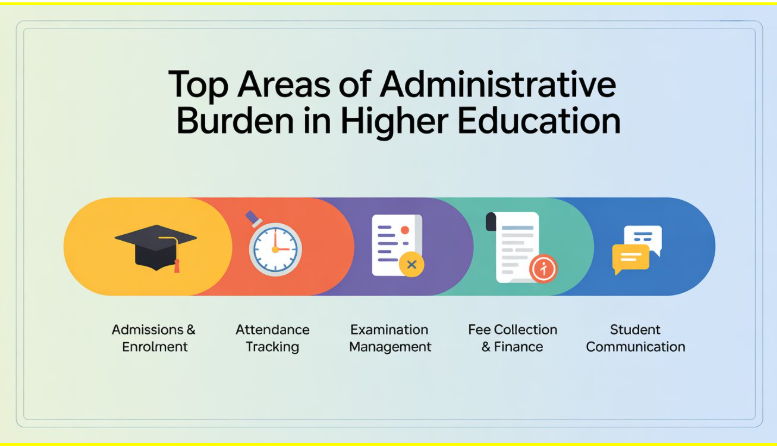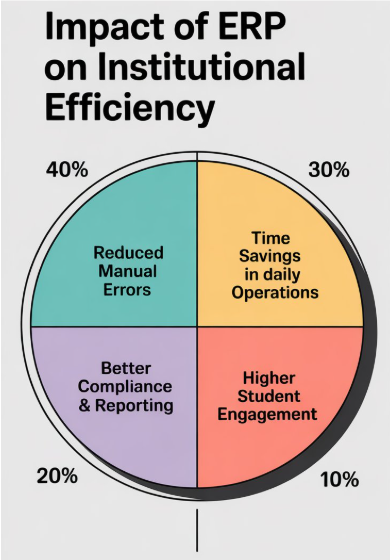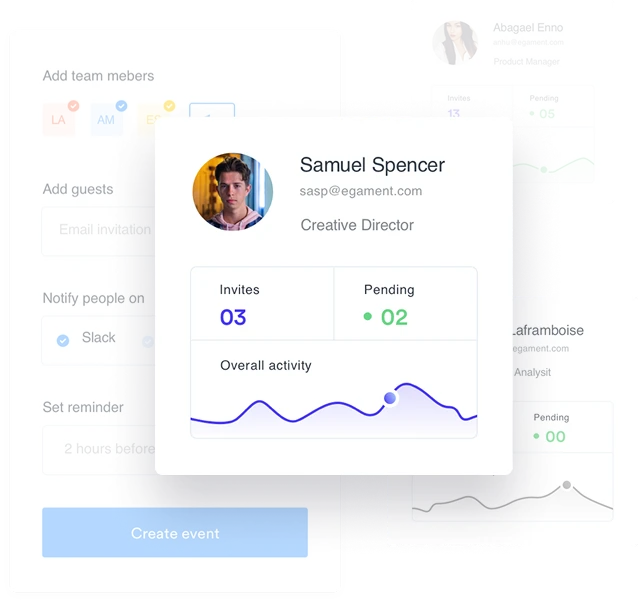“Technology is best when it brings people together.” – Matt Mullenweg, Co-founder of WordPress
Administrative challenges are not new in higher education. From managing admissions and attendance to tracking fees, exams, and student progress, institutions spend countless hours on repetitive tasks. Unfortunately, this takes away valuable time that could be invested in improving student experience and academic outcomes.
This is where ERP for higher education becomes a game-changer. A well-designed student ERP or academic ERP system not only streamlines operations but also helps institutions reduce the administrative burden while enabling smarter decision-making.
Modern educational institutions and colleges deal with:
Did you know? According to research, administrative staff in higher education spend nearly 40% of their time on manual tasks like data entry, scheduling, and report preparation.
This inefficiency doesn’t just drain resources; it delays services and negatively impacts students.

A student management system integrated with ERP functionalities centralizes and automates processes. Instead of juggling multiple spreadsheets and standalone systems, everything is unified in a single platform.
Key Functionalities of ERP for Higher Education:
Analytics & Reports: Real-time dashboards help administrators make quick, data-driven decisions.
By integrating all these functions, an academic ERP ensures that administrators spend less time on paperwork and more on value-driven activities.

Institutions adopting ERP witness transformational results:
Across Africa, Asia, and the Middle East, institutions that implemented ERP for higher education reported:
Example: A Kenyan university streamlined fee collection by 60% after adopting an ERP-driven student management system, leading to faster processing and reduced revenue leakages.
With growing student populations and increasing expectations, higher education can no longer rely on manual processes. A modern academic ERP:
Ultimately, an ERP isn’t just about reducing workload — it’s about empowering administrators, faculty, and students alike.
Reducing administrative burden is no longer optional — it’s a necessity for institutions aiming to deliver quality education. By adopting a students’ ERP or student management system, colleges and universities can:
In short, ERP for higher education transforms complexity into simplicity, ensuring institutions are future-ready.
If you’re looking to reduce administrative overhead and enhance operational efficiency, now is the time to invest in a modern academic ERP solution.

Experience Academia – Your partner in transforming campus operations, a trusted all-in-one ERP/SIS solution.
Get the latest insights, trends, and updates delivered straight to your inbox!
